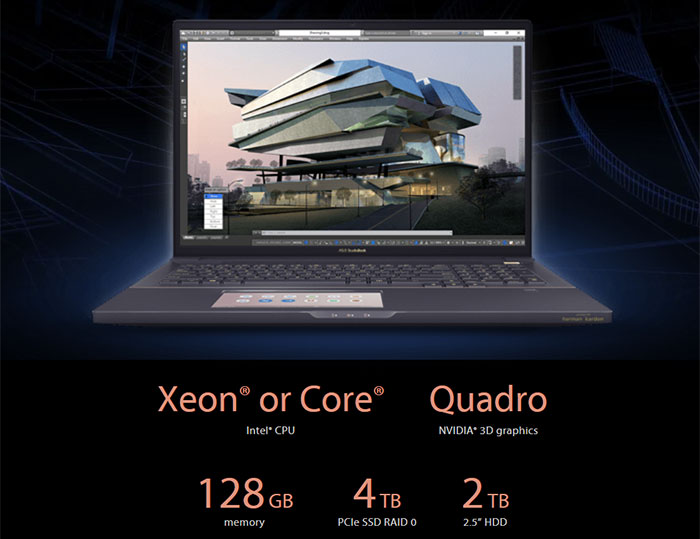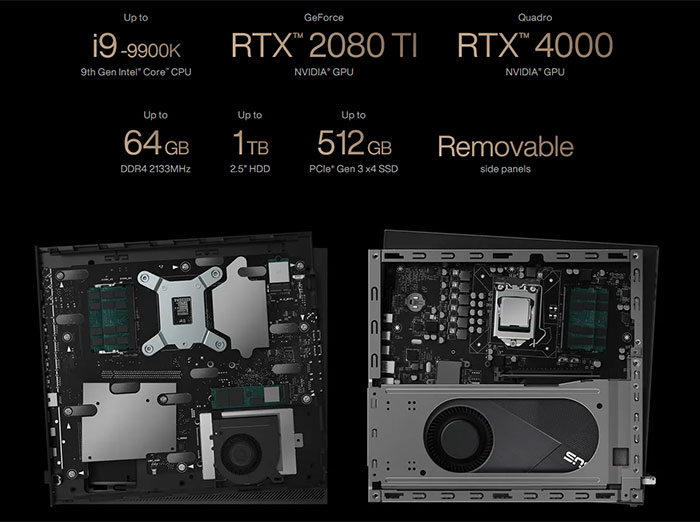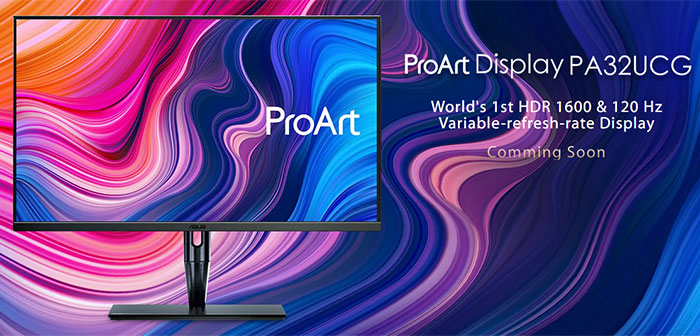Asus is another big company showing off all sorts of new tech goodies at IFA 2019. If you watch the Asus Wiser Together presentation or check out its dedicated IFA 2019 pages you will see that the firm has focussed upon 'creator' style offerings at this event, but it has covered other bases too. For example, there are four new products headlining the ProArt range, a couple of new ZenBooks, the ROG Phone II Ultimate edition and more.
Above, a condensed version of Asus' IFA 2019 presentation
Probably the biggest draw of the show was the Asus ProArt StudioBook One, which Nvidia describes as the "world's fastest laptop," in a blog post of its own from IFA. This laptop is the first to feature Nvidia's new Quadro RTX 6000 graphics and is powered by the latest 9th Generation Intel Core i9 processors.

Highlights of the Quadro RTX 6000 graphics in the Asus ProArt StudioBook One are that it features 24GB of ultra-fast GPU memory to tackle large scenes, models, datasets and complex multi-app workflows, and it leverages Nvidia's latest Turing architecture including RT Cores and Tensor Cores.

As a mobile workstation the ProArt StudioBook One has an innovative cooling solution with ultra-thin titanium vapour chambers and can switch to Intel iGPU when undertaking less demanding tasks (Nvidia Optimus). Other important ingredients of the new premium creator laptop are its professional 4K 120Hz Pantone validated display with 100 per cent Adobe RGB colour coverage, unprecedented colour accuracy, and factory calibration for stunning visuals out-of-the-box, and the slim 300W high-density, high-efficiency power adapter provides charging and power at half the size of traditional 300W power adapters.
In addition to the above, Asus launched the ProArt StudioBook Pro X as the first Quadro laptop to feature the four-sided Asus NanoEdge display. The design makes for a 92 per cent screen-to-body ratio and 16:10 aspect ratio with wide colour gamut and 97 per cent DCI-P3 colour space coverage. Inside this laptop you can spec up to a 9th Generation Intel Xeon or Intel Core i7 hexa-core processor and professional-grade Nvidia Quadro RTX 5000 graphics.

If you are interested in a pre-built workstation desktop PC, Asus was showing off the ProArt Station D940MX. This is a compact design (8 litre) for content creators and media professionals. It keeps things compact by utilising a dual-sided logic board and can be specced with up to an Intel Core i9 processor with up to 64GB DDR4 2666MHz memory, and Nvidia Quadro RTX 4000 or NVIDIA GeForce RTX 2080 Ti graphics, dual storage (PCIe plus SATA), plus fornt panel Thunderbolt 3 ports.

Last but not least among the new ProArt goodies was the Asus ProArt Display PA32UCG. This is a 32-inch, 4K HDR, Mini LED Backlight / IPS, 1,152 zones local dimming monitor. It supports multiple HDR formats (Dolby Vision, HDR-10, HLG) and true 10-bit colour with Quantum-dot technology for exceptional colour fidelity. It is provided calibrated and offers ∆E < 1 colour performance.

Game developers might appreciate the 48~120 Hz Variable-refresh-rate (VRR) tech, allowing for both content creation and quality check on the one display. Connectivity is provided by dual Thunderbolt 3, one DisplayPort, three HDMI ports, and a built-in USB hub.






